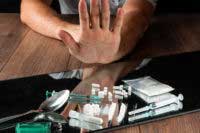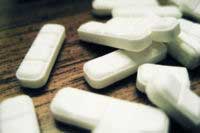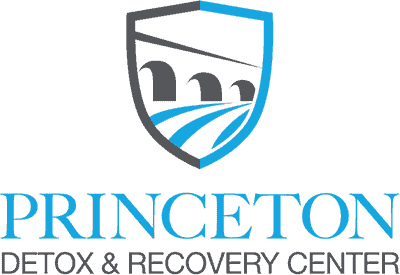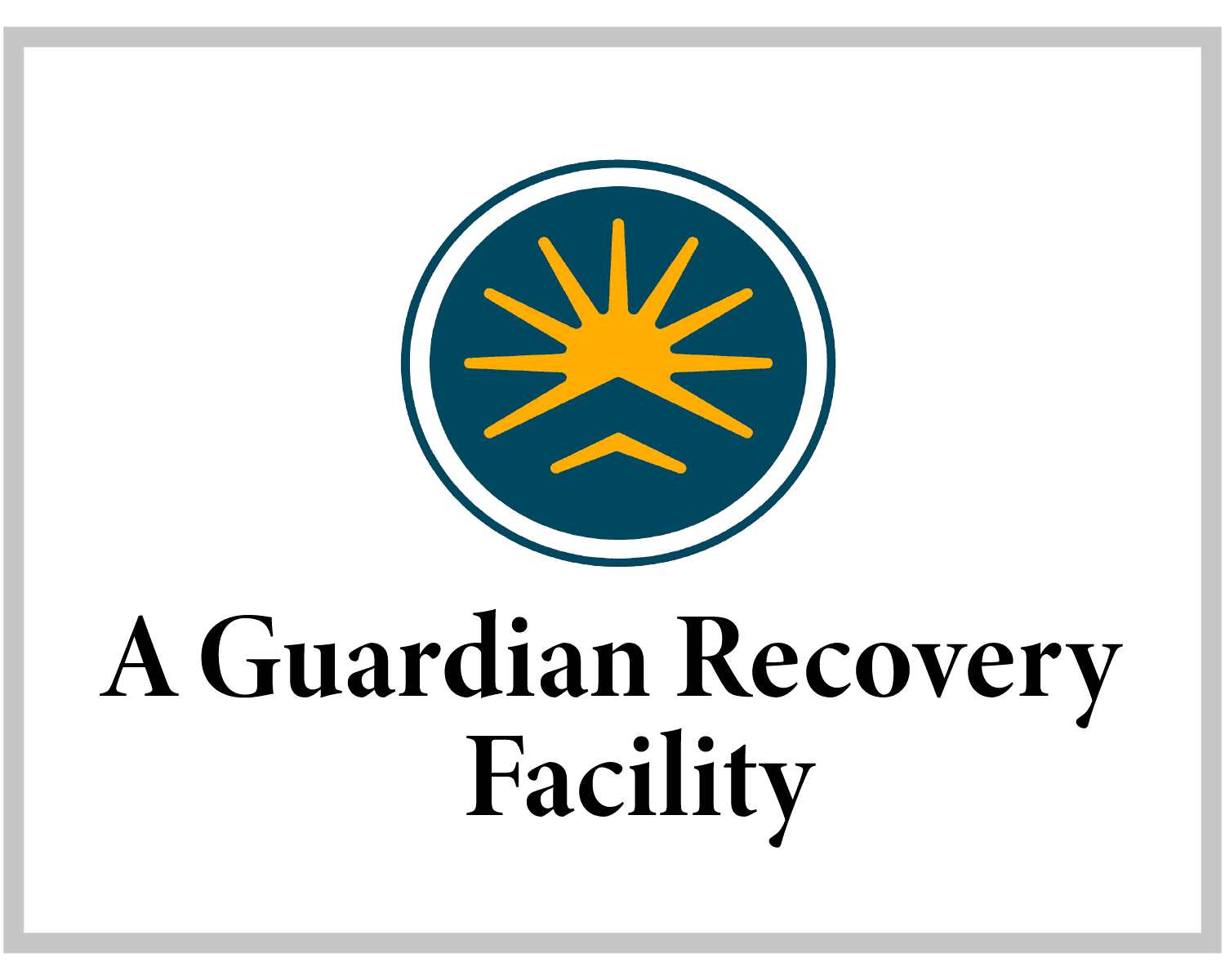Together
We Will Break the Cycle
Oxycodone is a potent prescription painkiller, most commonly prescribed for the short-term treatment of moderate or severe pain. Medications containing Oxycodone are considered Schedule II chemical substances under the Controlled Substances Act, meaning they have acknowledged medical uses but also have the potential to be habit-forming and can easily lead to physical dependence. Not only are prescription painkillers like Oxycodone addictive, but they have led to a dramatic increase in opioid-related overdose deaths over the course of the past several years. Because symptoms associated with Oxycodone withdrawal can be severe when left untreated, many individuals who suffer from a diagnosable Oxycodone use disorder and attempt to quit without professional help return to use before the detox process has concluded. At Princeton Detox & Recovery Center we provide individuals with a safe and comfortable opioid withdrawal, treating physical and psychological symptoms as soon as they develop. If you or someone you love has been suffering from a prescription opioid use disorder, we are available to help. Contact us today to learn more about our personalized program of Oxycodone addiction recovery.
[toc]
What is Oxycodone?
Oxycodone is a powerful, habit-forming prescription painkiller, classified as a semi-synthetic narcotic analgesic. The Department of Justice and Drug Enforcement Administration state, “Oxycodone is marketed alone as OxyContin® in 10, 20, 40 and 80 mg extended-release tablets and other immediate-release capsules like 5 mg OxyIR®. It is also marketed in combination products with aspirin such as Percodan® or acetaminophen such as Roxicet®.”
Opioid pain medications like Oxycodone were prescribed frequently in the late-1990s, when they were first introduced by major pharmaceutical companies and marketed as safe and non-habit forming. However, the potency of medications like Oxycodone and the rate at which physical dependence occurs make them exceedingly addictive.
According to a study published by ABC News, pain medications that contain small amounts of oxycodone, an active pain reliever similar to morphine, generally contain around 5 mg of the drug. On the other hand, Oxycodone contains between 40 mg and 160 mg of the drug. The medication is time-released, meaning that it is slowly released into the body over an extended period of time (usually around 12 hours). In 2010, the Substance Abuse and Mental Health Services Administration (SAMHSA) reported that 182,748 emergency room visits in the U.S. were the direct result of Oxycodone misuse.
Oxycodone Use in New Jersey
Prescription painkillers are widely misused throughout the country, though New Jersey has been particularly hard hit by steadily climbing rates of Oxycodone addiction and overdose. The State of New Jersey Department of Health reports 3,081 overdose deaths in New Jersey in 2021 — the vast majority linked to opioid narcotics. In addition to prescription painkillers, New Jersey residents have been losing their lives to heroin and fentanyl. Due to government regulations concerning the distribution of Oxycodone and other prescription painkillers, drug dealers are now manufacturing fentanyl illegally and pressing it into tablets made to resemble Oxycodone. Fentanyl is a synthetic opioid around 100 times more potent than morphine, and it is responsible for the majority of overdose deaths throughout New Jersey. If you or someone you love is living in New Jersey and struggling with an Oxycodone use disorder, we are available to help.
Oxycodone Side Effects
Common side effects associated with Oxycodone use include:
- Dizziness and lightheadedness.
- Nausea and vomiting.
- Constipation.
- Confusion and difficulty concentrating.
More serious side effects can occur. If you have been taking Oxycodone as prescribed by a medical professional and you have been experiencing side effects, contact your prescribing physician as quickly as possible. If you believe you have developed a physical dependence and you have been exhibiting symptoms associated with a diagnosable substance use disorder, we are available to help.
Ready To Begin Your Detox?
Don’t let addiction control your life.
Call us today and let’s get you started on the path to a better you.
Signs of Oxycodone Overdose
Taking more Oxycodone than prescribed or taking the medication without a legitimate prescription can lead to overdose. Symptoms associated with prescription painkiller overdose include shallow breathing, respiratory depression, bluish lips and fingernails, loss of consciousness, coma, and stroke. It is crucial that emergency medical care is sought immediately in the case of an opioid overdose.
Taking more Oxycodone than prescribed or taking the medication without a legitimate prescription can lead to overdose. Symptoms associated with prescription painkiller overdose include shallow breathing, respiratory depression, bluish lips and fingernails, loss of consciousness, coma, and stroke. It is crucial that emergency medical care is sought immediately in the case of an opioid overdose.
Oxycodone Withdrawal
Symptoms of Oxycodone withdrawal can be severe depending on the duration of use and the amount of medication that was being used on a daily basis or near-daily basis. Because Oxycodone is an extended-release painkiller, the withdrawal period often takes between 7 and 10 days. There are three distinct phases of Oxycodone withdrawal: the early withdrawal phase (symptoms are uncomfortable but not too severe), the acute withdrawal phase (symptoms are severe and potentially life-threatening if left untreated), and the post-acute withdrawal phase (symptoms are not life-threatening, but can be uncomfortable and disruptive). The early and acute withdrawal stages will typically last around one or two weeks while the post-acute withdrawal stage can last for months if not adequately and professionally addressed.
The symptoms associated with each stage of the Oxycodone withdrawal process are:
Early-Stage Withdrawal
- Mild anxiety.
- General feelings of physical discomfort.
- Nausea.
- Muscle aches and joint pain.
- Restlessness.
Acute Withdrawal
- Flu-like symptoms, including runny nose, watery eyes, nausea, vomiting, diarrhea, night sweats and low-grade fever.
- Extreme physical discomfort.
- Severe stomach cramping.
- Insomnia and other sleep disturbances.
- Intense drug cravings.
- Anxiety and/or depression and related psychological symptoms.
Late-Stage Withdrawal
- Persistent psychological symptoms, including symptoms associated with anxiety and depression.
- Insomnia and other ongoing disruptions to sleep.
- Drug cravings, which can range from mild to severe.
- Mood swings, often marked by irritability and agitation.
Oxycodone Detox
At Princeton Detox & Recovery Center we offer a comprehensive variety of detox services to ensure that each individual client is receiving the care they need. Our highly individualized services assist clients in overcoming symptoms of withdrawal quickly while simultaneously preparing them for the remainder of the treatment process.
24-Hour Care & Supervision
It is important for those undergoing Oxycodone withdrawal to have 24-hour supervision. Cravings are particularly intense during the first weeks of sobriety, and clients are at a higher flight risk when they first enter into a detox program. We offer 24-hour supervision to ensure that our clients have constant access to the care and support that they need.
The Treatment of Co-Occurring Disorders
Individuals who have co-occurring mental health disorders like depression, anxiety or bipolar disorder will undergo an assessment with a psychiatric professional, who will prescribe any psychiatric medications deemed necessary. We work closely with dual diagnosis clients on developing a thorough aftercare plan, one that includes a transition to an appropriate treatment center.
Therapy & Counseling
Therapy and counseling are a crucial part of every stage of the treatment process, and getting clients involved with therapeutic intervention as early on as possible is beneficial. We offer one-on-one and group therapy sessions.
Case Management Services
Upon admission, every client is assigned a case manager who will guide them through the treatment process. Case managers get to know clients on a highly personal level and work closely with them in developing a long-term treatment plan and identifying and achieving their unique treatment goals.
Additional Resources
We make sure all needs are being met, no matter what they might be. At Princeton Detox & Recovery Center we understand that addiction is not a one-size-fits all disease and that every individual detox experience will be completely different.
Family Support & Counseling
We offer counseling services to the family members of our clients, keeping them engaged and involved every step of the way. Family members often benefit from additional support and guidance as they navigate what can be a trying time for everyone involved.
Oxycodone Treatment
At Princeton Detox & Recovery Center we offer a combination of proven treatment modalities, delivering an integrated program of recovery that concerns more than physical stabilization and alleviation of withdrawal-related discomfort. For those suffering from a moderate or severe Oxycodone use disorder, the following treatment options typically come recommended.
- Medical detox. In medical detox a person undergoes a safe and comfortable Oxycodone withdrawal under the close supervision of a team of medical and therapeutic professionals.
- Residential inpatient treatment. This is the most intensive treatment option; residential programs typically last for between 30 and 90 days depending on the needs of the individual. Most inpatient programs incorporate individual, group, and family therapy, 12 Step program education and involvement, and holistic treatment modalities to provide a comprehensive treatment experience.
- Partial hospitalization. This level of care is a step down from inpatient treatment, and includes full days of intensive therapeutic care (usually 7 days a week) with the freedom to return home in the evenings.
- Intensive outpatient treatment. Also known as IOP, this level of care is ideal for those who have completed a short stay in medical detox and are looking for a flexible treatment option with an ample amount of personal freedom. IOP is ideal for those with a short-lived Oxycodone use disorder and no co-occurring issues.
- Outpatient treatment. Outpatient treatment, or OP, is one more step down from IOP, with group sessions typically only meeting between 2 or 3 times a week for several hours. This level of care is often recommended after IOP, and is ideal for those who are full-time caretakers or who work full-time and require flexibility.
- Aftercare. Because Oxycodone use disorders are considered a chronic health condition, ongoing treatment is necessary to longer term recovery. Most aftercare plans consist of ongoing involvement in a peer support group (like Alcoholics Anonymous or Recovery Dharma), ongoing individual therapy, and ongoing psychiatric intervention when necessary. Aftercare plans also include a transition into the next appropriate level of care, whether that is residential rehab, PHP, or IOP.
- 12 Step program involvement. While many recovering individuals choose to participate in a 12 Step recovery program like Alcoholics Anonymous or Narcotics Anonymous, there are numerous other options available. Peer support is often an important part of most aftercare plans.
- Individual therapy and/or ongoing psychiatric services. Because many individuals who suffer from a Oxycodone use disorder simultaneously struggle with co-occurring issues, ongoing therapy and/or psychiatric care often come recommended.
Addiction recovery is a multi-staged process and includes more than a short stay in a medically monitored detox. While Oxycodone detox is an important first step on the road to recovery, it must be followed by a comprehensive program of treatment and aftercare in order to be effective long-term. Once a client has been physically stabilized we work with them closely to determine which subsequent treatment option is the best fit. We then help them smoothly transition into the next appropriate level of care. Transitioning from detox directly into an inpatient rehab center has been shown to reduce the risk of relapse significantly. Contact us today to learn more about beginning your personal journey of recovery.
If you or someone you love has been suffering from an Oxycodone use disorder of any severity, Princeton Detox & Recovery Center is available to help. Our medically monitored drug and alcohol detox program was designed with client comfort in mind. We provide our clients with a safe, pain-free opioid withdrawal in a therapeutic setting, actively preparing them to take the next appropriate step on their personal recovery journeys. As soon as you make the decision to reach out for help you will be put in contact with one of our experienced and compassionate Treatment Advisors, who will help you determine whether or not our Oxycodone detox program is right for you. If we believe our program is a good fit, we will proceed with a brief pre-assessment and a free, no obligation health insurance benefit check. We accept coverage from most major national health insurance providers as well as most regional providers throughout New Jersey and surrounding areas. To learn more about Oxycodone addiction and treatment or to begin your own personal journey of Oxycodone addiction recovery, contact us today.
Oxycodone FAQs

Reviewed for accuracy by:
Amanda Hilzer M.Ed, CAADC, IADAC, ICCS, LCADC, CCS
Amanda graduated from Lehigh University with both an undergraduate degree in Psychology and a Master’s of Education degree in Counseling Psychology and has worked in the field of substance use disorder treatment and mental health treatment as a counselor and as a clinical manager for over 14 years.




























